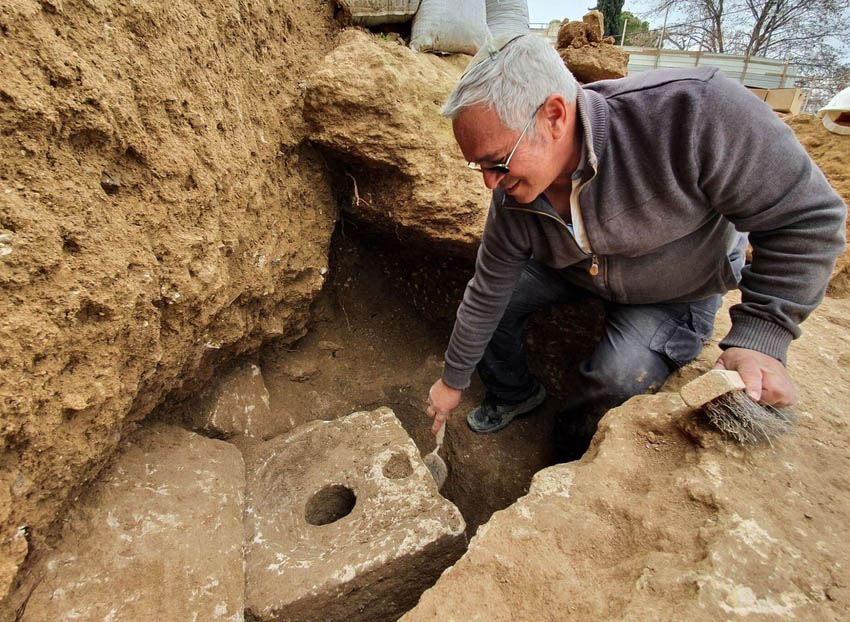The king's toilet
Publish date 18-02-2022

Cities like Jerusalem, inhabited almost seamlessly for millennia, are full of history and surprises. In the last year, excavations conducted by Yaakov Billig, an archaeologist with the Israel Antiquities Authority, have unearthed a luxury private residence near the Armon Hanatziv promenade.
The materials found inside have allowed archaeologists to date it to the time of the kings of the First Temple, perhaps under the rule of Hezekiah or Josiah, after the withdrawal of the Assyrian troops.
In this period the data show a strong presence of luxury residences and buildings with public functions outside the Davidic city, as in our case.
Continuing the investigations, the archaeologists have made a singular and very rare find: a toilet dating back to 2,700 years ago. The bathroom consisted of a rectangular structure inside which there was the actual toilet: a block of limestone with a comfortable seat and a hole in the center. The sanitary was installed above a septic tank which also contained ceramic fragments and animal bones and was therefore used both for human waste and as a landfill for other waste from the residence. By analyzing the contents of the pit, archaeologists hope to gather important information on the lifestyle, nutrition and possible diseases that plagued the inhabitants of the building who used the bathroom.
Inside the rectangular cabin, 30-40 bowls were also found, which, according to Billig, may have been used to hold incense or scented oils in order to make the toilet more comfortable.
In the neighboring rooms, however, some columns with historiated capitals were found, perhaps used as frames for windows and proof of the presence of a garden with ornamental trees, fruit and aquatic plants.
The presence of the private bathroom, a luxury that according to the Talmud only the rich could afford, the columns and the garden draw the picture of a prestigious private residence, perhaps even royally owned, which seems to have been destroyed in 586 BC. following the Babylonian sack of the city.
Agnese Picco
NP November 2021





